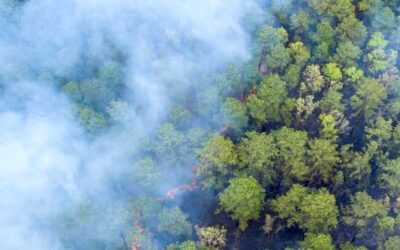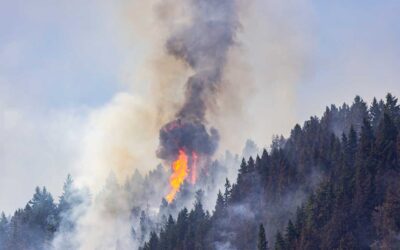Hey, everyone! Today, we’re going to chat about something super important to anyone in construction: Silica and dust control. Now, you might think, what’s the big deal about a little dust? That’s what we’re here to talk about—how this tiny stuff can make a big impact on our health and what we can do about it.
Recognizing the Danger in the Dust:
Did you know that sand, stone, and concrete contain a mineral called silica? When we drill or cut these materials, we create a cloud of dust. This isn’t ordinary dust—it’s silica dust. Why does this matter? Breathing in silica dust can lead to serious health issues. Ever heard of silicosis? It’s a lung disease caused by inhaling silica dust, and the effects can range from severe discomfort to fatal complications. Other diseases you wouldn’t want on your plate—lung cancer, kidney disease, and chronic obstructive pulmonary disease—can also be caused by exposure to silica dust.
Keeping Dust Under Control:
Here’s where we can make a difference. Luckily, there are some handy dust-busting techniques we can use:
- Water Delivery Systems: Mixing water with dust leads to less dust in the air. We can fit our construction tools with water delivery systems to lessen the dust produced when cutting or grinding.
- Vacuum Dust Collection Systems: A vacuum equipped with a high-efficiency filter can suck up dust before it has a chance to spread. Keep that sucker in good shape with regular filter replacements and checks.
- Respiratory Protection: Respirators can help, but remember, they’re the last line of defense. We should strive to control the dust first.
- Temporary Enclosures: Think of these as a quarantine for dust! Building a temporary structure around a high-dust operation can keep the rest of the job site cleaner and safer.
Staying Clean:
Never underestimate the power of cleanliness. Here’s how to make it work for you on the job:
1. Steer clear of dry sweeping or blowing surfaces clean with compressed air.
2. Prioritize handwashing, especially before meals or snacks.
3. Resist the urge to light up—smoking and silica dust do not mix well.
Learning to Learn:
Everybody here should be able to identify a dust danger zone. Safety labels and data sheets can be a big help here, so make them your best friends.
Wrapping Up:
Keeping yourself safe around silica dust boils down to a few key points: Well-maintained dust control systems, personal cleanliness, and a thirst for knowledge about potential hazards will keep us all healthy and working. Always remember, you are your first line of defense.
Everyone’s health and safety are important here, so don’t skimp on protective gear and never hesitate to speak up about potential safety hazards. Thanks for your time and your commitment to making our workspace the best it can be!
Homeowners, This Is for You Too!
While the focus here is on construction sites, homeowners undertaking DIY projects should also be aware of silica dust. Whether you’re renovating a bathroom, cutting tiles, or drilling into concrete, these same dangers apply. Here are a few tips for you:
- Use Water: Keep your work area damp to reduce dust.
- Vacuum Up Dust: Use a vacuum with a high-efficiency filter.
- Wear a Mask: Use a respirator to protect your lungs.
- Seal Off Areas: Isolate your work area to prevent dust from spreading.
Stay safe and healthy, whether you’re on a job site or working on a project at home. Your lungs will thank you!


